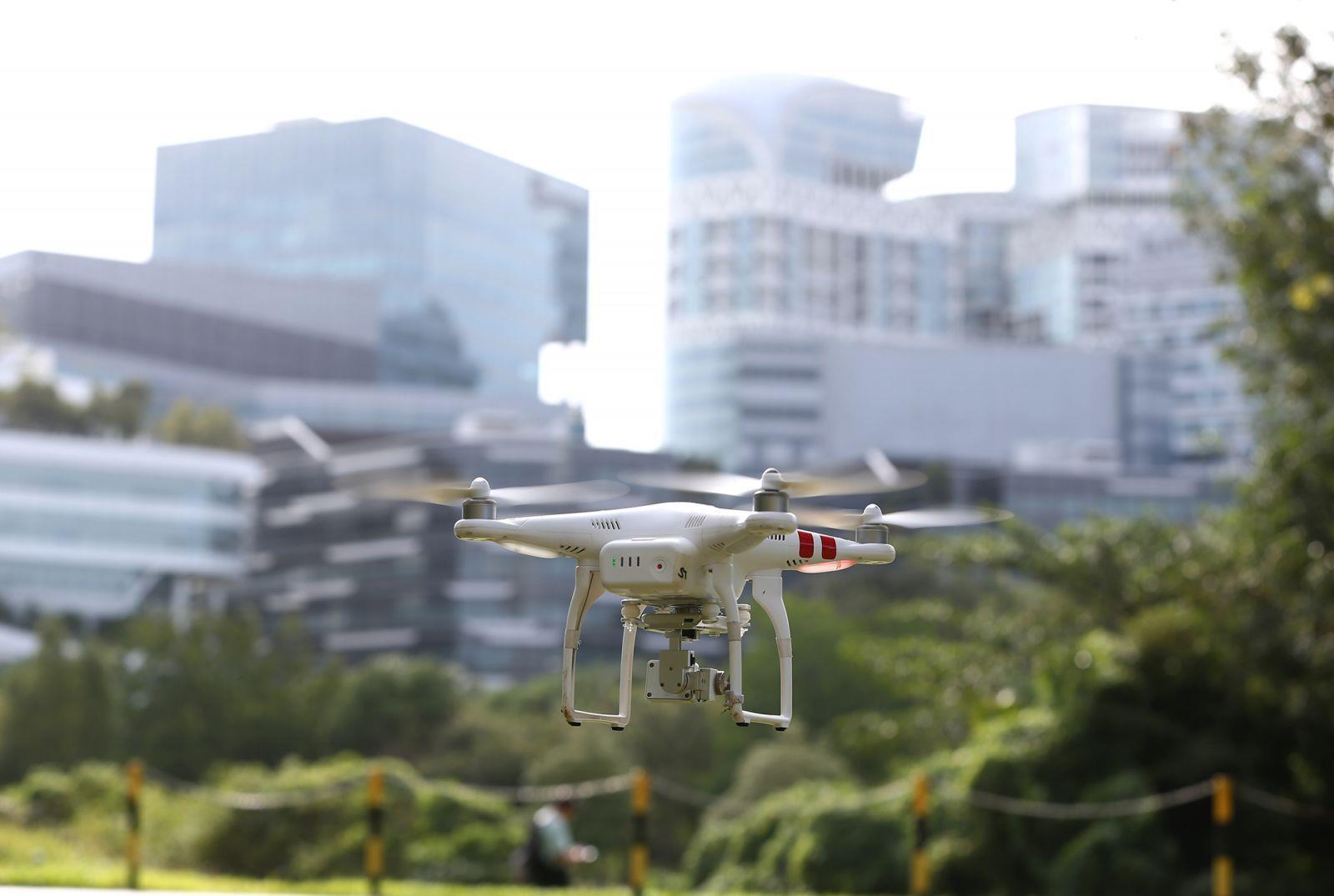WASHINGTON, Feb. 12 (Xinhua) -- Engineers from the Massachusetts Institute of Technology (MIT) have developed a mapping system that allows drones to fly 32 km per hour consistently through dense environments like forests and warehouses.
The paper released on Monday showcased a system called NanoMap that uses a depth-sensing system to stitch together a series of measurements about the drone's immediate surroundings.
It allows the drone to not only make motion plans for its current field of view, but also anticipate how it should move around in the hidden fields of view that it has already seen.
"Overly confident maps won't help you if you want drones that can operate at higher speeds in human environments," said Pete Florence, a MIT graduate student and the paper's lead author.
According to Florence, many existing flying approaches rely on intricate maps that aim to tell drones exactly where they are relative to obstacles, but it isn't particularly practical in real-world settings with unpredictable objects.
Now, at high speeds, computer-vision algorithms are unable to make much of their surroundings.
However, NanoMap essentially doesn't sweat the minor details. It operates under the assumption that, to avoid an obstacle, one doesn't have to take all measurements to find its exact location in space.
Instead, the drone can simply gather enough information to know that the object is in a general area.
"An approach that is better aware of uncertainty gets us a much higher level of reliability in terms of being able to fly in close quarters and avoid obstacles," Florence said.
"The key difference to previous work is that the researchers created a map consisting of a set of images with their position uncertainty rather than just a set of images and their positions and orientation," said Sebastian Scherer, from the Carnegie Mellon University's Robotics Institute.
"Keeping track of the uncertainty has the advantage of allowing the use of previous images even if the robot doesn't know exactly where it is and allows in improved planning," Scherer said.
NanoMap is particularly effective for smaller drones moving through smaller spaces, and works well in tandem with a second system that is focused on more long-horizon planning.
"The researchers demonstrated impressive results avoiding obstacles and this work enables robots to quickly check for collisions," said Scherer.





